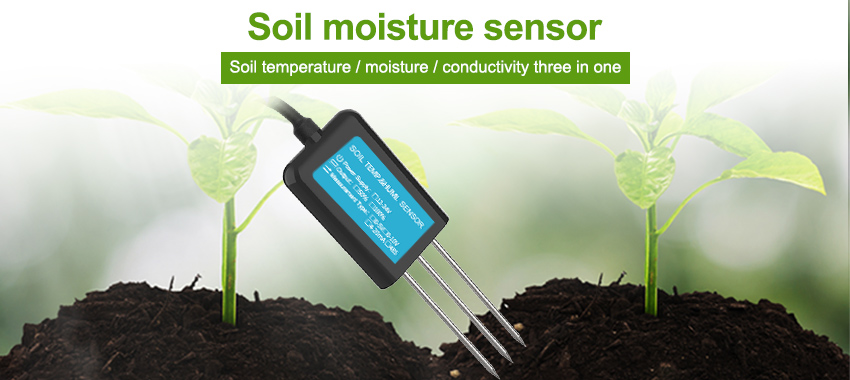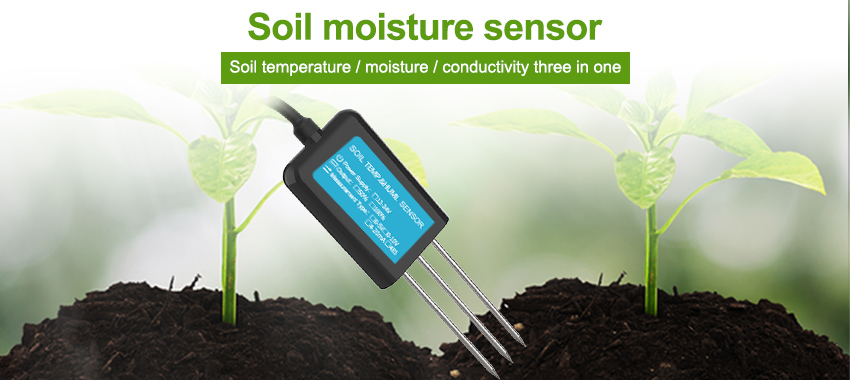Smart farming, which utilizes technology to optimize resource allocation and improve crop yields, is playing an increasingly important role in sustainable agriculture. Soil sensors, in particular, are becoming a popular tool for farmers to collect real-time data on soil conditions, allowing them to make informed decisions about resource allocation. In this article, we will explore the role of soil sensors in smart farming and how they are shaping the future of agriculture.
The Problem

Traditional farming practices often involve the overuse of resources such as water and fertilizer. This not only leads to wastage but also has a negative impact on the environment. In addition, traditional practices do not provide accurate and timely information on the nutrient levels in the soil, making it difficult to optimize resource allocation.
The Solution
Smart farming with soil sensors is utilizing technology to improve resource allocation and increase crop yields. Soil sensors are devices that are inserted into the soil to collect real-time data on soil conditions, including moisture levels, temperature, and nutrient levels. This data is then used to make informed decisions about resource allocation.
For example, if the soil moisture levels are low, the system can automatically adjust the irrigation schedule to ensure that the crops receive the optimal amount of water. This not only saves water but also improves crop yields.
The Results
The use of soil sensors in smart farming has had a significant impact on resource allocation and crop yields. By using technology to optimize resource allocation, farmers can reduce their use of water and fertilizer, resulting in cost savings and a reduced environmental impact.
Smart farming with soil sensors has also resulted in significant increases in crop yields.
In addition to increasing crop yields and reducing resource use, smart farming with soil sensors has also resulted in improved soil health. By optimizing resource allocation, farmers are able to improve the nutrient levels in the soil, resulting in healthier crops.
The Future of Agriculture
Smart farming with soil sensors is shaping the future of agriculture. As the world’s population continues to grow, there is an increasing demand for food production. Smart farming with soil sensors is a sustainable solution that can meet this demand while reducing the environmental impact of agriculture.
In addition to improving resource allocation and increasing crop yields, smart farming with soil sensors can also help farmers identify potential problems before they become major issues. For example, if the nutrient levels in the soil are low, the system can alert the farmer to take action before the crops are impacted.
Conclusion
Smart farming with soil sensors is essential for the long-term health of our planet. By utilizing technology to collect real-time data on soil conditions, farmers can make informed decisions about resource allocation. This not only leads to cost savings but also has a positive impact on the environment. As the agricultural industry continues to adopt technology-driven practices, smart farming with soil sensors will undoubtedly play a crucial role in improving resource allocation and increasing crop yields.






